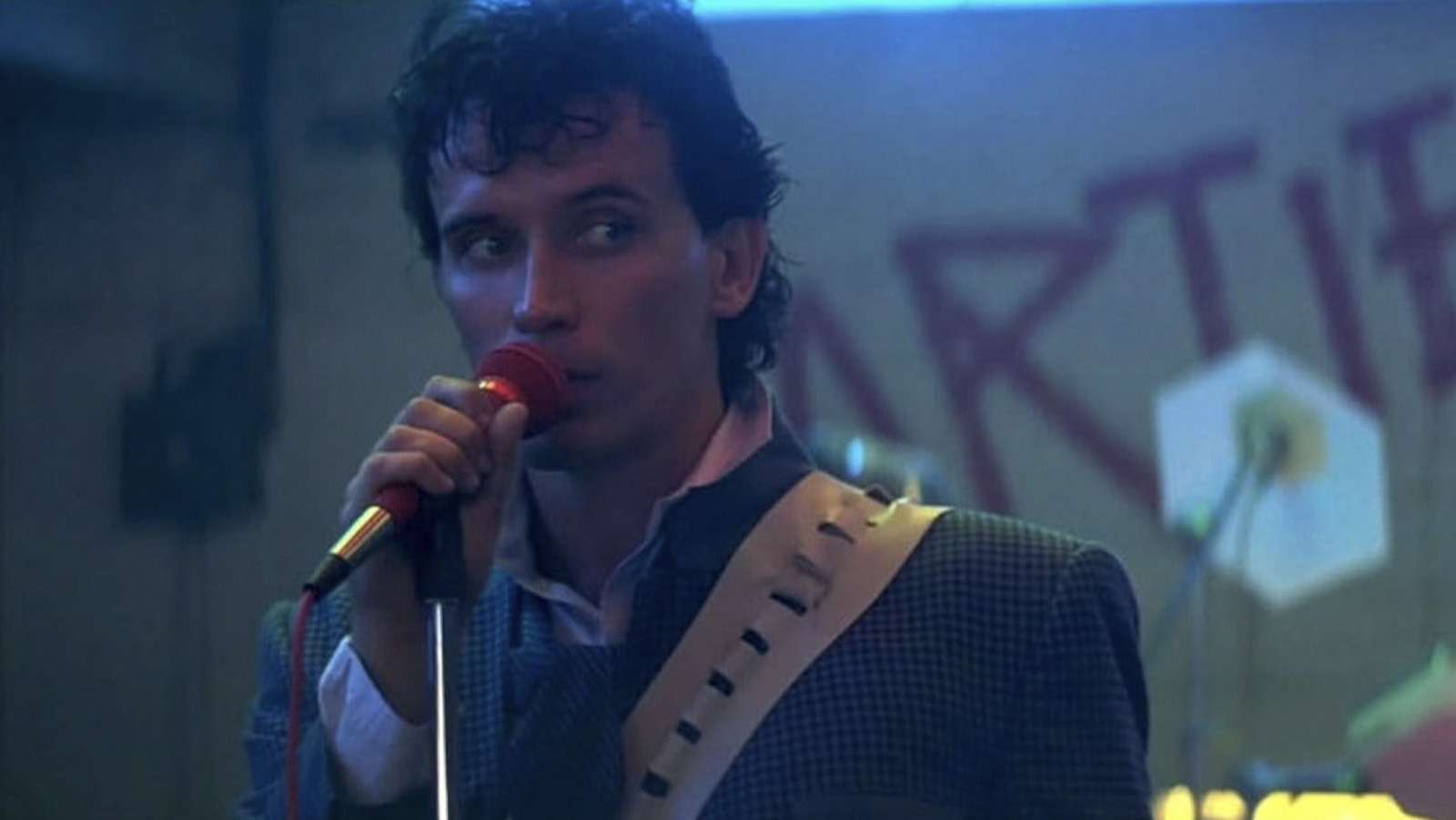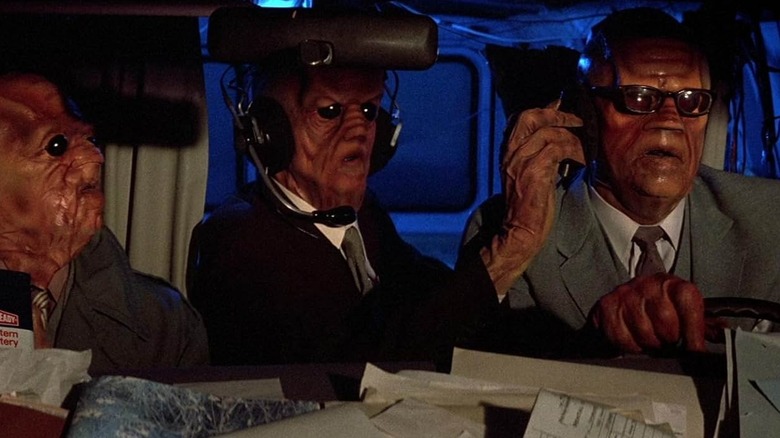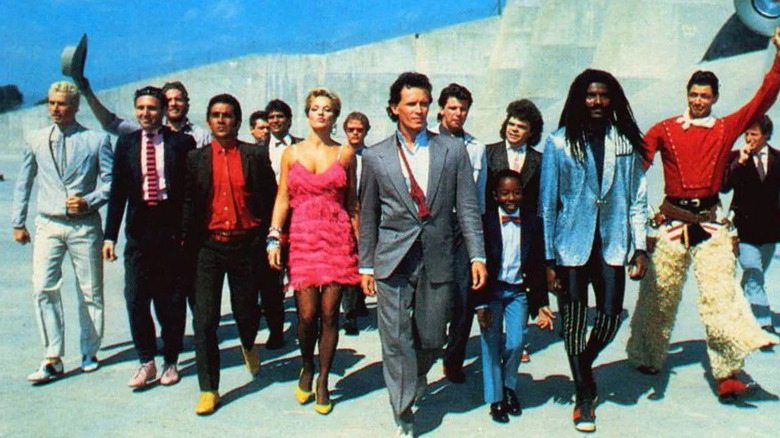check it out for free on Pluto TV.
Buckaroo Banzai’s journey to the big screen was almost as convoluted as the movie
Getting “The Adventures of Buckaroo Banzai” to the screen was a long and complicated process, not helped by its writer’s mercurial approach to putting a screenplay together. Initially paid $1,500 by W.D. Richter and his wife to pen a script, Earl Mac Rauch enthusiastically launched himself into one story about the hero (initially called “Buckaroo Bandy”) before abandoning it and starting all over again with a different concept. By his own admission, Rauch dumped around 12 screenplays featuring wacky ideas, including a giant robot and a box of Hitler’s cigars.
In the meantime, Richter was building up his reputation in Hollywood, most notably writing the excellent 1978 version of “Invasion of the Body Snatchers” (one sci-fi remake that is better than the original) and receiving an Oscar nod for his “Brubaker” screenplay. In 1979, Richter teamed up with Neil Canton (who would later produce the “Back to the Future” trilogy) to form their own production company. Richter decided that “Buckaroo Banzai” would be the perfect project for him to make his debut as a director, but the pair realized they would need a completed screenplay if they had any chance of a studio stumping up the cash to relative unknowns. That meant getting Rauch back behind the typewriter and actually finishing something.
That something was a new Buckaroo Banzai adventure called “The Lepers from Saturn,” and it took Rauch until 1982 to complete a script. That was just in time for the Writers’ Guild of America to call a strike and shut down Hollywood. Eventually, the project was funded by 20th Century Fox, who handed Richter a handsome initial budget of $12 million. It would still take Rauch three more drafts before cameras eventually rolled with a workable screenplay, not to mention a 300-page tome called “The Essential Buckaroo” as a kind of reference book containing all the lore that Rauch had come up with previously. “Buckaroo Banzai” was finally a go picture, but the production was hampered by the presence of producer David Begelman, who didn’t get it at all and continually interfered (Richter referred to him as “our enemy for the entire movie”). To Begelman’s credit, however, he was responsible for the joyous end credits sequence with Buckaroo and his friends walking along the L.A. River.
What makes Buckaroo Banzai so special?
A synopsis for “The Adventures of Buckaroo Banzai” doesn’t do full justice to the experience of actually watching it. On the surface, it’s an offbeat sci-fi comedy with the familiar grain of a mid-budget, mid-’80s genre movie, but it has an attitude and a style that sets it totally apart. Key to the film’s left field vibe is Peter Weller’s performance as Buckaroo Banzai. Weller’s approach to finding his character was suitably unconventional, drawing from the diverse likes of Elia Kazan, Albert Einstein, Jacques Cousteau, Leonardo da Vinci, and Adam Ant as inspirations.
Weller’s unflappable Zen mystique as Banzai (“No matter where you go, there you are”) is wonderfully contrasted by John Lithgow’s utterly bonkers performance as Dr. Emilio Lizardo, who goes big with his outrageous Italian accent and bizarre mannerisms. They are supported by a colorful supporting cast including Clancy Brown and Lewis Smith as members of the Hong Kong Cavaliers; Ellen Barkin as Buckaroo’s quirky love interest; and Christopher Lloyd as an alien going by the name of John Bigbooté (pronounced “Big Booty”), because all the Red Lectroids are called John. Last but not least, Jeff Goldblum is another neurosurgeon who likes to be called “New Jersey” and wears a cowboy outfit. His quirky acting technique fits perfectly here, and “Buckaroo Banzai” definitely goes down as one of the best Jeff Goldblum movies.
“The Adventures of Buckaroo Banzai” revels in its own weirdness and the peculiar tone makes it totally understandable why some viewers simply wouldn’t get it. The film takes itself at least semi-seriously (there aren’t many outright jokes or winks to the camera), but a lot of the goofier elements play like a live-action cartoon — indeed, I was surprised to find out that it wasn’t based on a comic book when I first saw it. If the film has a fault, it’s that it gets a little repetitive in the last act when it morphs into a slightly more conventional sci-fi action movie. But the first hour is an absolute hoot as we get immersed in the wild self-contained world of Banzai and his pals and it’s a super-stylish flick, too, championed by Los Angeles Magazine as “the moment geeks became cool.” If that sounds like your jam, you can catch up with it now on Pluto TV.



